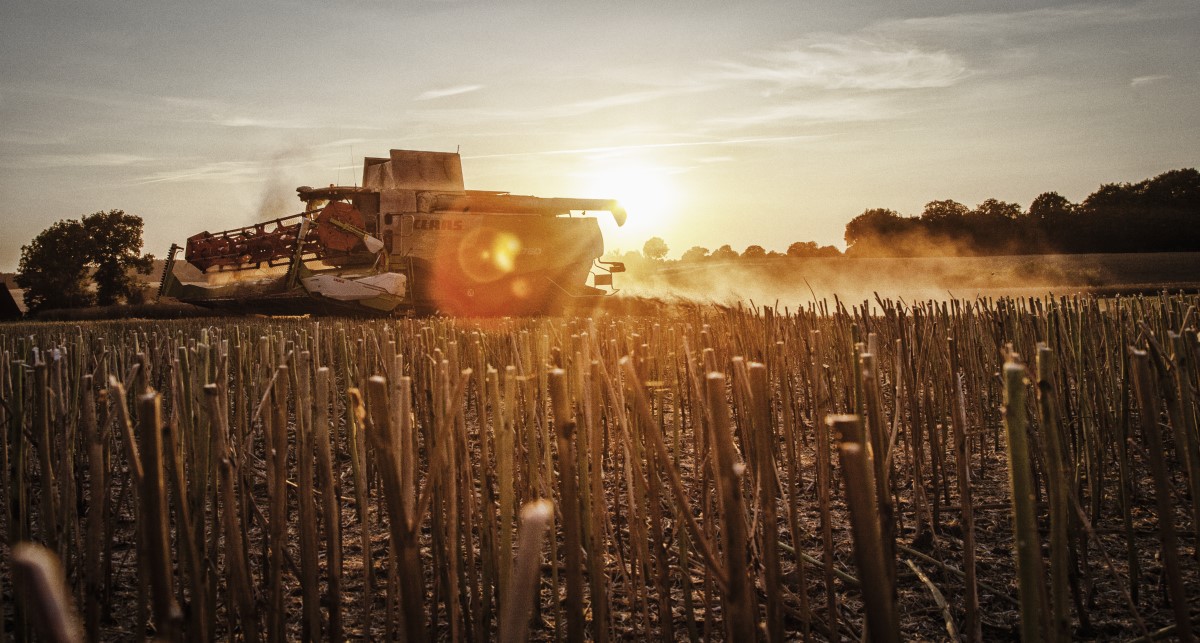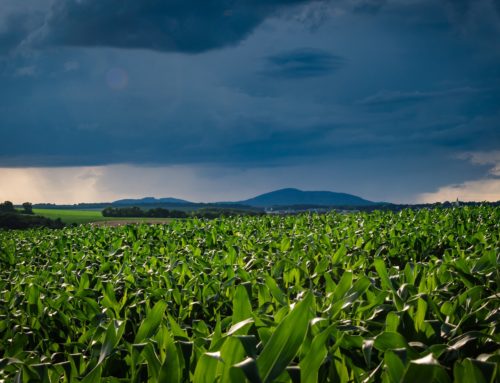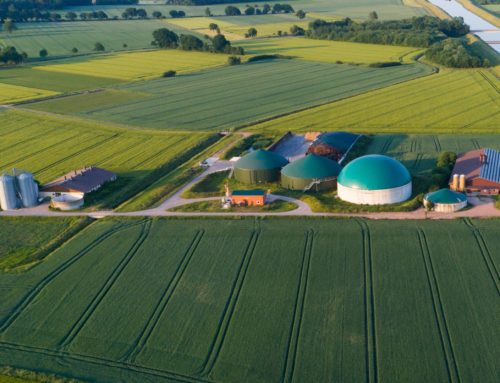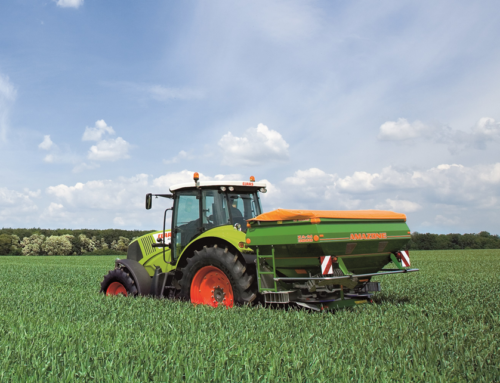Between rape blossom season and ripening – this is the correct harvesting period for rapeseed
In the EU agricultural land for rapeseed in the EU has decreased to a marked degree in the last few years. Among other factors, the adverse weather conditions and increasing pest pressure have resulted in a significant reduction in agricultural land. The record for the smallest area sown until now was achieved in Germany in 2018; in that year only 850,000 ha were sown. In France only 950,000 ha have been sown for this year’s harvest. In 2020 1.1 million ha were sown. Conversely, in Poland the agricultural land for rapeseed cultivation has remained relatively stable in the last three years, at just under 900,000 ha. The lowest level was reached in the EU for the 2019 harvest, when the area was a scant 5 million t. The area of rapeseed for the 2021 harvest is 5.2 million ha (excluding the United Kingdom, currently with 330,000 ha).
Differing climatic conditions for the growth of rapeseed prevail in Europe; in addition to the regional weather conditions, climate affects the blossom season. The weather in France is influenced predominantly by a maritime climate. In Germany the maritime climate is marked by continental influences. In Poland the prevailing climate is predominantly continental. The harvest season also moves accordingly, i.e. as a rule France is the first to begin threshing. In order to assess the development of the crops, it is possible to, among other things, analyse satellite images and in this way determine the correct period.
This year the field crops in Europe have come through the winter with varied success. In April France was hit by severe frosts; loss of revenue is to be expected. Current estimates start from a crop yield of 2.9 million t (previous year 3.3 million t). As in the previous year, a yield of approximately 3.5 million t is anticipated for Germany. Here, the crops are predominantly in good condition. However, by virtue of the cool months of April and May the overall development of the plants is lagging behind by about two to three weeks. The forecasts also anticipate a harvest like that of the previous year for Poland, at approximately 2.7 million tons. In order to undertake an accurate analysis of the influence of the weather, historic weather data from the respective locations are an advantage.
Achieving steady ripening for the rapeseed harvest
As well as the correct harvest period, the influence of the weather during the rosette stage is crucial for the yield, since the main shoots with numerous side shoots develop from the rosettes. The number of pods is also an important criterion for the yield. As is generally known, these ripen from above to below and thus are not all ready for harvesting at the same time. In addition, the harvesting period depends on the variety selected. The prerequisites for the correct harvest period are the proportion of brown pods and black seeds, as well as a moisture content of max. 11%. Rapeseed is frequently harvested too early, in order to avoid workload peaks in other crops or because there is a fear of a high failure rate. The crucial element for the yield here is how ripe the pods are in the middle and lower area of the plants. They make the greatest contribution to a high yield. If the upper pods are bursting open, this is still not an indication that the pods in the lower areas are also ready for harvesting. As a rule, these pre-harvest losses must be taken into account. Moreover, ripening at a steadier rate can be assisted by using growth regulators. They promote the development of the lateral shoots and limit growth in height. If ripening is inconsistent and there is heavy weed infestation a chemical product for quicker, more even ripening can be used. In this case various leaf herbicides can be used. If threshing is undertaken too early, this has a negative result not only on the oil content, but on the harvest as a whole. In addition, the unripe grains clog the combine harvester engine, which impedes the harvesting. There are various Farm Management Information Systems (FMIS), which allow you to view clearly and analyse the relevant data for the planning, monitoring and analysing of the procedures on the fields and provide documentation on the complete harvest.

Preventing volunteer rape
If the rapeseed seeds fall from the pods before or during harvesting and germinate again in the subsequent crop, we talk about volunteer rape. High proportions of volunteer rape jeopardise the cultivation stability, cause higher costs and can greatly reduce the yield. The rule of thumb is that, if the proportion of volunteer rape is approximately 10%, the yield potential of the main crop is impaired by at least 5%.
Soil cultivation, which should be undertaken immediately after harvesting, is crucial for the reduction of volunteer rape. The more time, which elapses between the harvest period and subsequent cultivation, the more chances there are to control volunteer rape. The aim of soil cultivation is to stimulate the rape seeds to germinate. It has been shown that shallow tillage to a maximum depth of 3–4 cm is the most suitable system. If there is sufficient moisture in the soil the greatest part of the volunteer rape sprouts of its own accord. Conversely, if the soil is tilled to a greater depth, the seeds are buried and become dormant. Then the seeds are able to sprout continuously in the following year. Another method for reducing the proportion of volunteer rape involves a higher sowing density. With this method, the higher sowing density improves the suppression of the competitively more inhibited volunteer rape.



